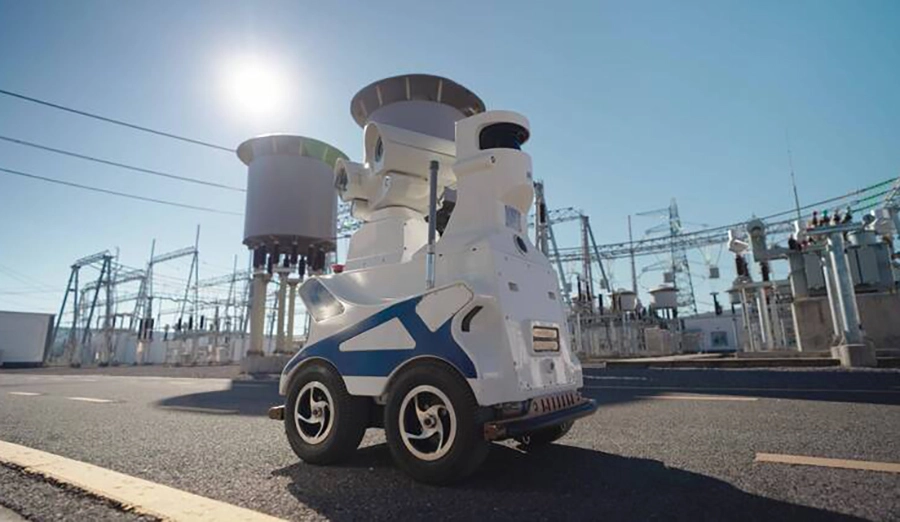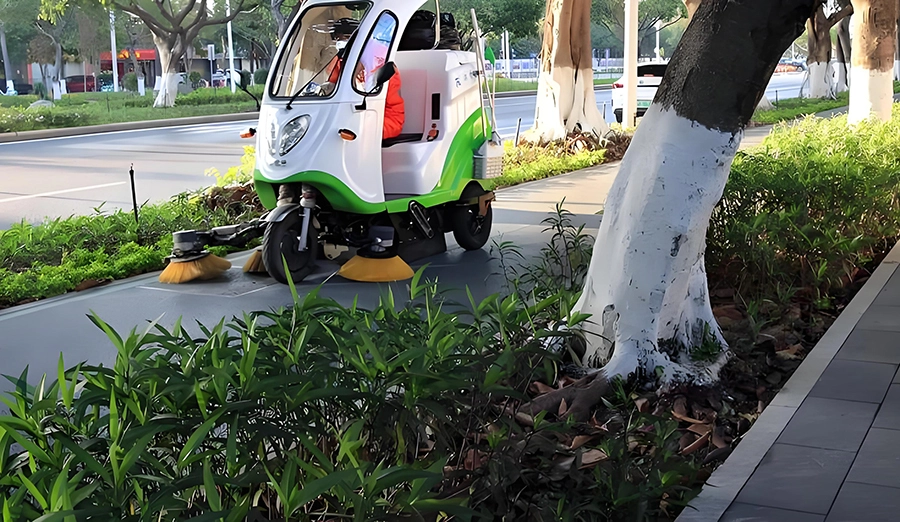
WIRELESS CHARGING IN THE NEWS
The implementation of AGV wireless charging mainly focuses on energy transmission technology and working scenarios, and different schemes have their own characteristics in efficiency, cost, adaptability and other aspects. The most common type of electromagnetic induction charging is like a "precise docking energy bridge" - when the ground transmitter coil is closely aligned with the on-board receiver coil, the alternating magnetic field generated by the high-frequency alternating current achieves energy transfer. The transmission efficiency of this scheme can reach 90%, and the technology is mature, and most AGVs in automobile factories use this method, but the alignment error within 5 mm must be accurately controlled, and the transmission distance is usually not more than 3 cm. A logistics company once calculated that the cumulative position deviation of its warehouse AGV due to repeated docking caused the electromagnetic induction charging efficiency to decrease by 2% per month, which required manual calibration.
In order to break through the distance limit, magnetic resonance charging came into being. This technology allows the transmitter and receiver coils to resonate at the same frequency, transferring energy like a tuning fork, over a distance of up to 50 cm, and allowing for a certain angular offset. The airport baggage transport AGV takes advantage of this feature and can charge stably even when the body tilts 15 degrees while passing through the covered bridge. However, the cost of the system is three times that of the electromagnetic induction type, and requires more complex electromagnetic shielding measures. Laboratory data show that when metal shelves are present, the energy loss of the magnetic resonance system spikes from 12% to 25%.
Divided by working mode, fragmented charging is in sharp contrast to continuous charging. The former is embedded with multiple micro-charging points in the AGV operation process: the robot arm is charged for 30 seconds during loading and unloading, and the floor coil is activated by a pressure sensor when turning and decelerating. In this way, the charging time is broken down into the "gap" of the workflow, and an e-commerce warehouse has increased the average daily charging times of AGVs from 4 to 40 times, while reducing the single charging time by 94%. Continuous charging lays continuous coils on the AGV driving path, just like installing a "charging track" on the road, which is especially suitable for low-speed fixed route scenarios such as airport luggage trucks and semiconductor factory wafer carriers, but the laying cost exceeds 3,000 yuan per meter, and real-time power regulation is required to prevent overheating.
Special scenarios give rise to innovative solutions. In an explosion-proof environment, the AGV uses a closed coupler to charge, and the charging interface is completely wrapped by epoxy resin, which can be safely used even in grain warehouses with excessive dust concentration, but the heat dissipation problem causes its power to be limited to less than 1kW. Underwater AGVs use low-frequency electromagnetic fields to penetrate the water to charge, and although the transmission efficiency is only 65%, the working time of the underwater inspection robot is extended from 2 hours to 8 hours. These special solutions often cost 5 to 8 times more than conventional charging systems, but can solve industry pain points. With the advancement of intelligent control technology, adaptive charging systems are beginning to emerge - by real-time monitoring of battery status, task priorities automatically switch charging modes, and find a dynamic balance between efficiency and cost.







